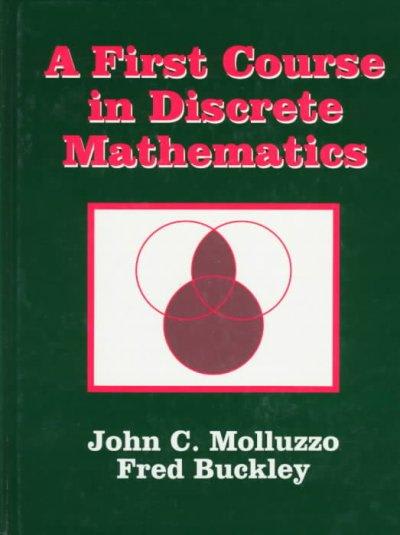




hello, I need your help please with these questions?
53 369 96 54 244 64 55 164 38 56 57 1 The numerator of the slope coefficient formula for the estimated regression equation is: 58 ###### 59 ###### 60 ###### 61 d ###### 62 63 2 The denominator of the slope coefficient formula for the estimated regression equation is: 64 ###### 65 ###### 66 ###### 67 ###### 68 69 3 The vertical intercept of the estimated regression equation is 70 0.5445 71 0.5089 72 0.4756 73 0.4445 74 75 4 The estimated regression equation predicts that for each additional $1,000 income life insurance policy will 76 rise by ($1,000) 77 4.280 78 4.000 79 3.738 80 3.49427 Note: 28 If your answer does not exactly match the correct choice, it is due to rounding of intermediate calculations. To 29 avoid the discrepancy, do your calculations in Excel without rounding. 30 31 A life insurance company wishes to examine the relationship between the amount of life insurance held by a 32 family and family income. From a random sample of 18 households, the company collected the data shown 33 below. The data are in units of thousands of dollars. 34 Let y= INSUR 35 X = INCOME 36 37 INSUR INCOME 38 81 23 39 132 32 40 160 33 41 120 32 42 153 41 43 131 33 44 211 51 45 360 95 46 373 89 184 46 48 324 86 49 585 140 50 100 23 51 210 55 52 225 52 53 369 96 54 244 64A B C D E F G H K L M N O P Q R S T U V 113 10 The observed insurance policy deviates from the predicted policy, on average, by ($1,000) 114 a 13.964 115 14.699 116 15.473 117 16.287 118 119 11 The sample data provides that fraction of variations in the life insurance policy is explained by income. 120 0.9962 121 0.9863 122 0.9370 123 0.8902 124 125 12 For the purpose of statistical inference for the slope parameter, the standard error of the slope coefficient, se(b,), is 126 0.118 127 0.124 128 0.130 129 0.137 130 131 13 The t-score to find the margin of error for a 95% interval estimate of the population slope parameter B, is, 132 a 1.818 133 1.913 134 2.014 135 2.120 136 137 14 The margin of error for a 95% confidence interval for the population slope parameter is _ ($1,000), 138 0.225 139 0.237 140 0.249 141 0.263142 143 15 To perform a test of hypothesis that the population slope parameter is zero, the test statistic t is 144 a 33.990 145 35.778 146 37.661 147 39.644 148 149 Your want to study the relationship between hourly WAGE and the number of years of schooling (EDUC). You 150 obtain the wage and years of schooling for 50 persons. You obtain the following regression summary output from 151 152 DEPENDENT VARIABLE = WAGE 153 Regression Statistics 154 Multiple R 0.50075 155 R Square a = 0.05 156 Adjusted R Square 0.23514 t_a/2,df = 2.011 157 Standard Error 158 Observations 50 159 160 ANOVA 161 df SS MS F Stat P-value 162 Regression 1 2433.03 16.0638 0.00021 163 Error 7270.1 164 Tota 49 9703.129 165 166 bi se(b_j) t Stat P-value Lower 95% Upper 95% 167 Intercept 19.9672 10.1602 -1.9652 0.0552 40.3956 0.4612 168 EDUC 2.9327 0.00021 169P S A B C D E F G H K L M N 0 Q R U 82 5 The income of one policy holder is 55 ($1000). The predicted life insurance policy is ($1,000) 83 248.095 84 238.552 85 229.377 86 220.555 87 88 6 The observed policy amount for the policy holder in previous question is 210 ($1,000) 89 The prediction error is 90 -11.860 91 -11.188 92 -10.555 93 -9.958 94 95 7 The sum of squared errors (SSE) is, 96 4,562.1 97 4,303.9 98 4,060.3 99 3,830.4 100 101 8 The sum of squared total (SST) is, 102 280,409.1 103 272,241.9 104 C 264,312.5 105 256,614.1 106 107 9 The sum of squared explained deviations (SSR) is, 108 302,225.0 109 293,422.3 110 284,876.0 111 d 276,578.7A B C D E F G H K M N 0 R S U 171 16 The predicted WAGE when EDUC = 16 is, 172 $25.61 173 $26.96 174 $28.38 175 $29.87 176 177 17 The fraction of the variations in WAGE explained by EDUC is 178 0.2507 179 0.2639 180 0.2778 181 0.2925 182 183 18 Given that the sum of the squared deviations of EDUC is 282.88 184 The standard error of the slope coefficient is 185 0.6604 186 0.6951 187 0.7317 188 0.7702 189 190 19 We are 95% confident that the population slope parameter is between, 191 a 1.18 .68 192 1.28 4.59 193 1.37 4.49 194 1.46 4.40 195 196 20 The value of the test statistic for Ho: B1 = 0 is, 197 4.248 198 4.008 199 3.781 200 3.567

















